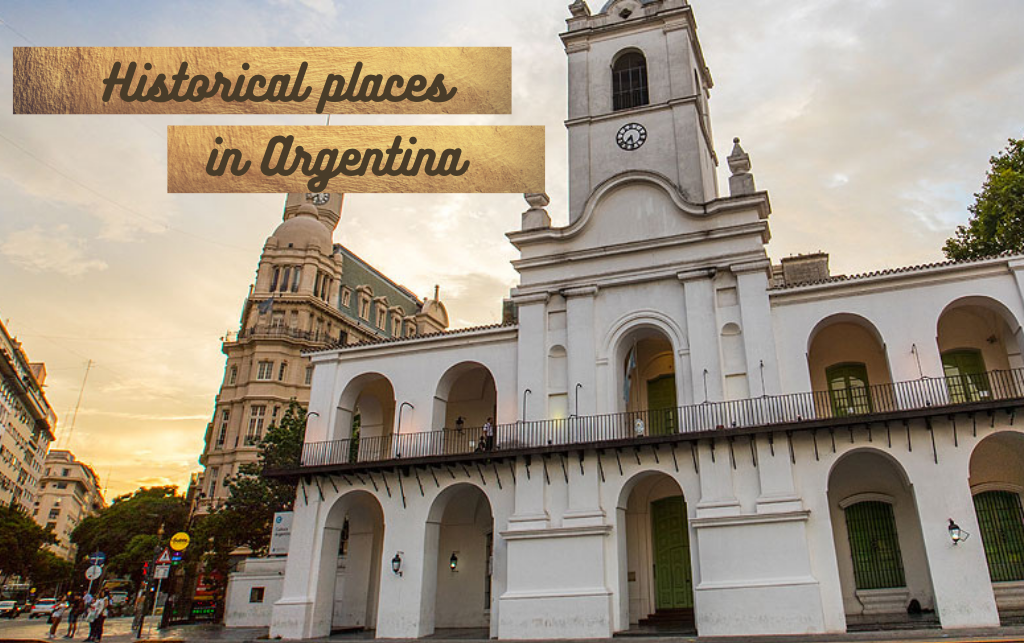Buenos Aires, and Argentina in general, has built upon its own history since colonial times; cultural history in the country goes way back and there are still many historical buildings you can visit to get a taste of Argentina’s traditions.
By Carla Chinski, Content Marketing Manager for Vamos Academy
Argentina, a Place of Historical Importance
If you know a bit about Argentine history, then you probably know that its culture is riddled with fights with the Spanish conquistadors (known as “la corona”). After that, the emergence of a new cultural class took place, with political figures such as the “próceres”, like San Martín and Mariano Moreno. Besides what became a largely Hispanic and Italian population during mid to end nineteenth century, there was an actively exclusionary politic against indigenous people and African-Americans.
So, immigrants made the Buenos Aires barrios (as Buenos Aires was declared capital city in 1880) what they are today. You can still tell from the city layouts and buildings that there is a clear art nouveau influence, and most of the places are still standing today. Plaza de Mayo, Diagonal Norte, the Casa Rosada and the Correo Argentino all represent what Argentina used to be in its nineteenth-century splendor. Some of the cobblestone streets date back from that time. As Buenos Aires is essentially a port city, the center grew around it.
Argentina had largely dictatorial regimes in the twentieth century, and the country has remained divided and polarized politically up to the present day. It’s politics, among other factors like artistic and architectural trends, that make or break a city. Other places, like Mendoza and Córdoba, are among the oldest provinces in the country, and are more well-established economically today.
Historical Sites and Places to Visit in Buenos Aires
Seeing historical buildings in Latin America is a reminder of places past, and it will really add to your travel experience. Because it’s not just Rome or Paris that have amazing sites; Latin America, and especially Argentina, is full of hidden–and not-so-hidden–places to discover and visit.
Casa Victoria Ocampo and Villa Ocampo: The Amazing House of a Writer
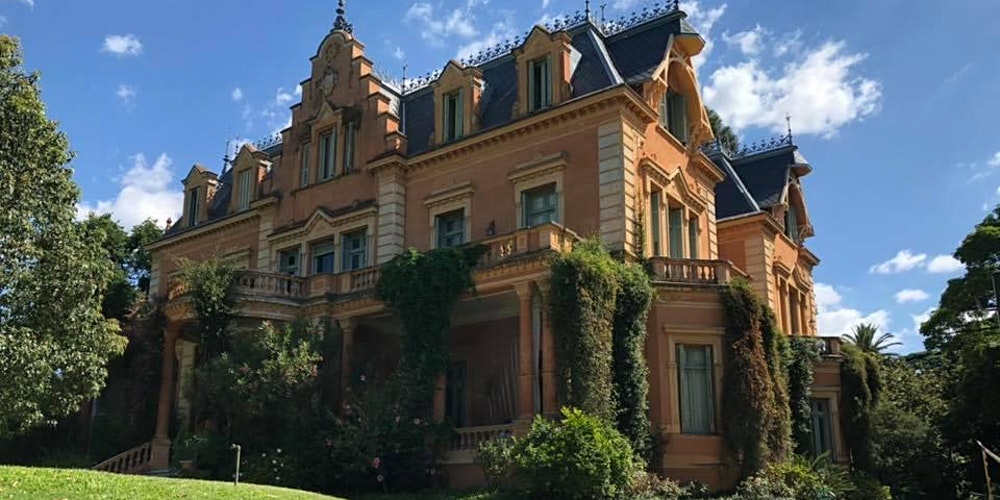
Villa Ocampo (also known as “Casa de la Cultura del Fondo Nacional de las Artes”) is located in the Greater Buenos Aires area and has been declared a site of cultural interest by UNESCO. It used to be the house–and garden–of Victoria Ocampo, a famous writer and one of the only women that made it into the literary hall of fame from the 1930s and 40s. Today, it functions as a retreat, cultural center and even as a writer’s house.
At Vamos Academy, we recommend reading this author, though her works haven’t been translated into English that much. For that, you should definitely try reading it in the original Spanish–or taking some Online Spanish classes to access books like Victoria Ocampo’s.
You can also have lunch or an afternoon tea surrounded by the impressive architecture of the period. Unlike many other houses that were built during that time, Villa Ocampo was one of the few estates in the area that had electricity, gas and clean water.
Villa Ocampo’s historical importance lies in the fact that Victoria Ocampo hosted meetings attended by some of the most famous political and cultural figures of that time.
Address: Matheu 1851, Mar del Plata | Elortondo 1837, Béccar, Buenos Aires
Opening hours: Mar del Plata: Wed-Sun from 2 PM to 6 PM | Beccar: Wed-Sun from 10 AM to 6 PM. Fridays 12:30 PM to 6 PM
Contact: 0224-494-2878
Centro Cultural Kirchner: Former Building of the Argentine Central Post
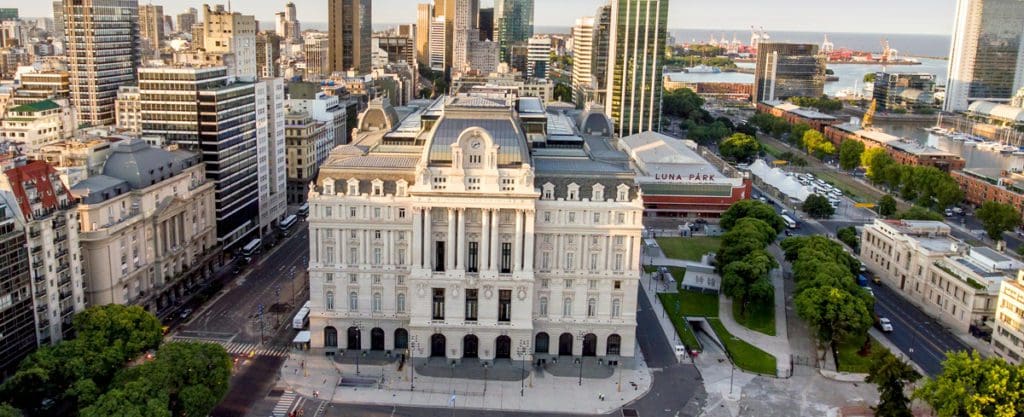
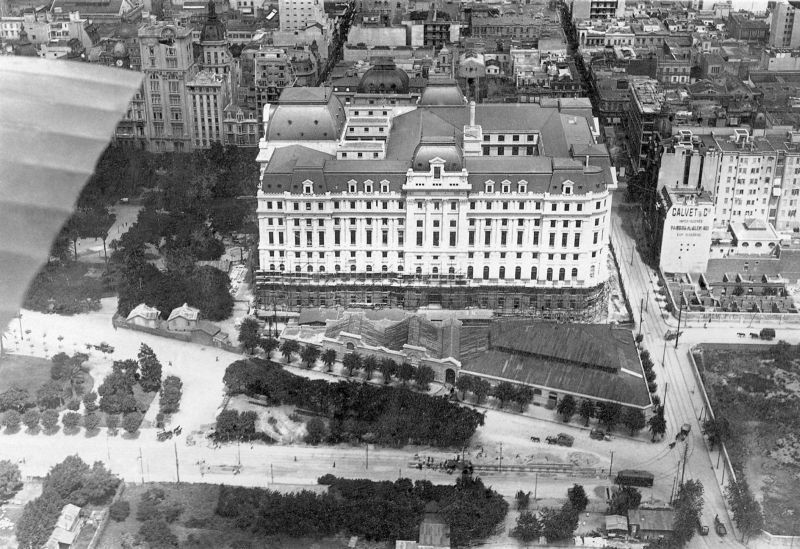
The “Correo Central” in the city center was remodeled and opened in 2010 by the president of the time, Cristina Fernández, but it was approved for renovations in 2005 onwards. It’s one of the most beautiful buildings in the city, for sure; it is also surrounded by a plaza, mostly a cement park, you can walk through to get to the cultural center.
However, the building underwent some remodeling in the nineties, where some of the rooms were restored, like the “sala noble”, and some were torn down. Predictably, it was inaugurated in 1928, when the biggest buildings were being built, and when the art nouveau influences were in vogue, and had been on the rise since the aesthetic rule of 19th century Paris.
Inside, most of the structure remains intact: the high marble ceilings, the huge columns with engravings and detailings, bathed in a warm light. All of the floors of the Centro Cultural Kirchner (CCK) are now used primarily for visual arts, performing arts, music and literature activities, which you can go to for free.
Address: Sarmiento 151
Opening hours: Wednesdays to Sundays from 2 PM to 8 PM
Book tickets: https://cck.gob.ar/entradas/
Contact: 0800-333-9300
Also read: Things to Do in Buenos Aires for Free
Manzana de las Luces: Cultural – Historical Site
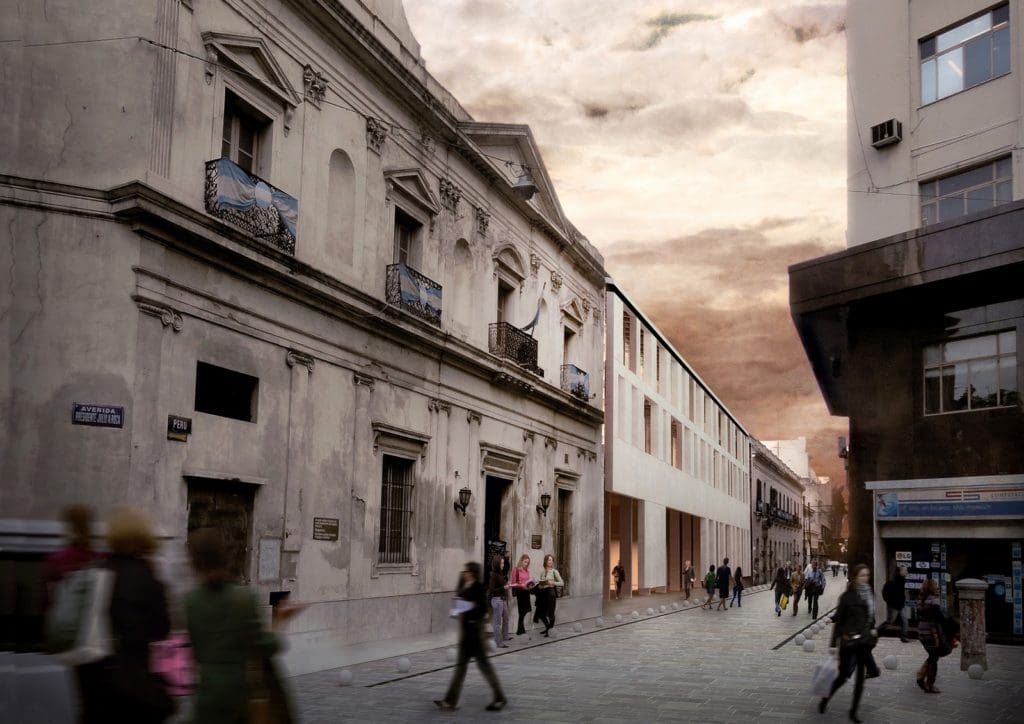
Dating 400 years back in Buenos Aires’ history, according to the official site, La Manzana de las Luces “is… located between Alsina, Moreno, Bolívar and Peru, the streets that make up the Historic Center of the city of Buenos Aires, where at the end of the 17th century the Jesuits built their residence, the Church and the Colegio de San Ignacio, known today as the National College of Buenos Aires. It is a key site during different historical periods of the country, since it was the seat of institutions linked to its cultural, educational and religious development”.
Many intellectual figures were a part of the “Block of Enlightenment” dating back to the fifteenth century. It might not look impressive, and it might not be the most lively of places, but when it comes to historic relevancy, this is the place to visit.
The Manzana de las Luces is our personal favorite, because of the many possibilities to visit the site and area. It’s made up of different, interconnected parts: the Procuraduría de las Misiones, the Colonial Tunnels, and the Sala de Representantes.
Opening hours: Wednesdays to Sundays 12 PM to 7 PM
Address: Perú 294, City of Buenos Aires
Contact: 4342-9930
Museo Histórico Nacional del Cabildo y la Revolución de Mayo
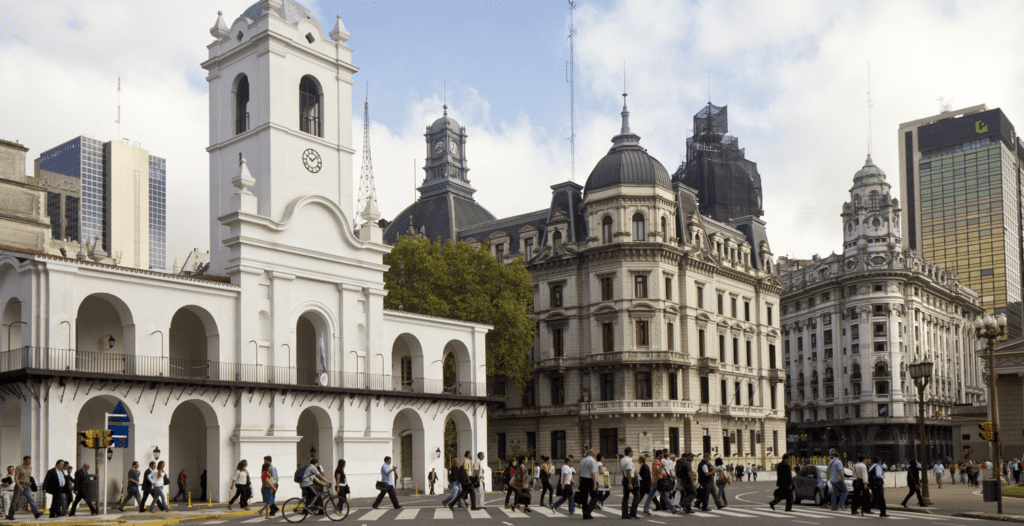
The Cabildo museum is located in the historical building of the Cabildo of the Virreinato del Río de la Plata, in the microcentro area. It has been standing since the sixteenth century, but torn down and remodeled in the eighteenth century.
Why is the Cabildo important? For context, the Cabildo was the space where the Primera Junta took place: the first independent, republican government in Argentina in after the country’s independence in 1810, and after the abolishment of the imperial Primera Junta Central. Thus, Argentine political figures implemented a policy that encouraged any one country in Latin America that rebelled against the Spanish Crown to be an ally to Argentina.
Today, you can visit the exhibitions inside the museum, which, of course, center around historical themes. There are many objects of historical importance to Argentina in the exhibitions. The site also functions as a cultural center and holds indoor and outdoor activities on the regular. You can go to guided tours that are hosted every day, from Wednesdays to Sundays and from 11 AM to 3 PM.
Address: Bolivar 65, City of Buenos Aires
Opening hours: Wednesdays to Sundays from 11:30 AM to 4 PM
Contact: 4342-6729




